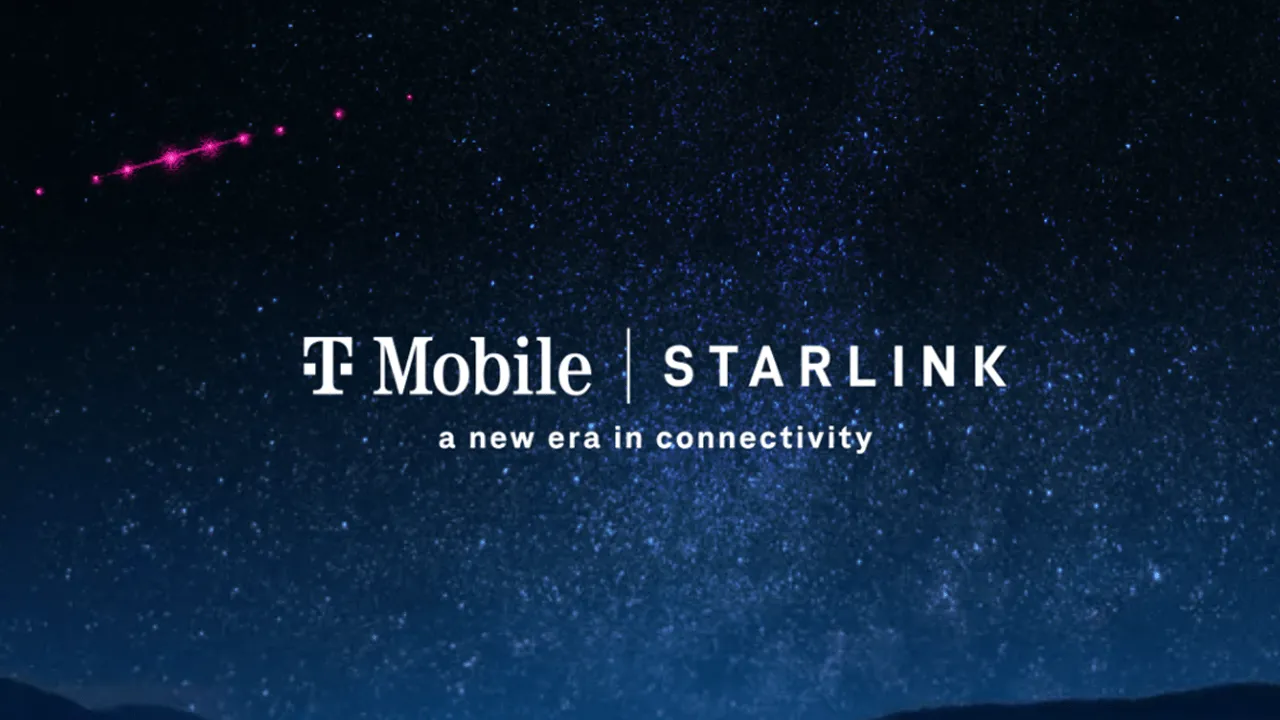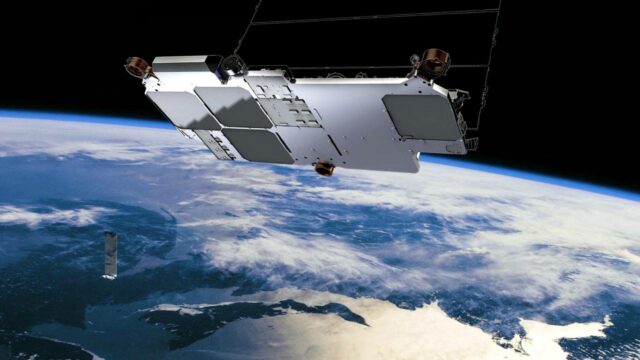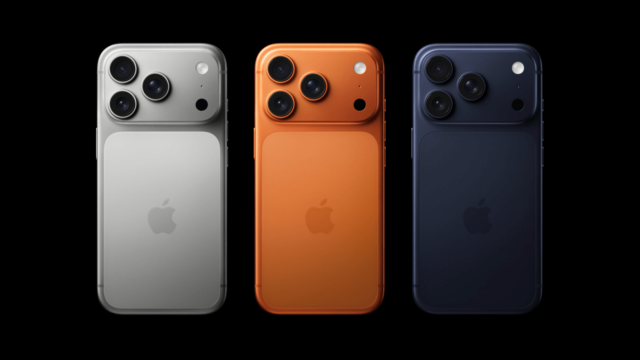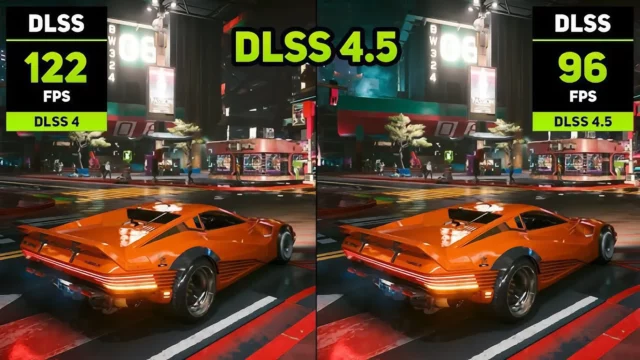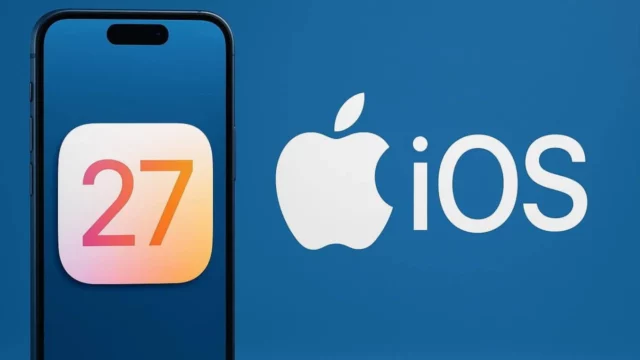T-Mobile’s satellite service is officially live, offering direct-to-phone messaging with Starlink support. After months of closed testing, the company is now rolling out this feature across the U.S., including hard-to-reach spots like Alaska and Hawaii.
T-Mobile satellite service reaches beyond dead zones
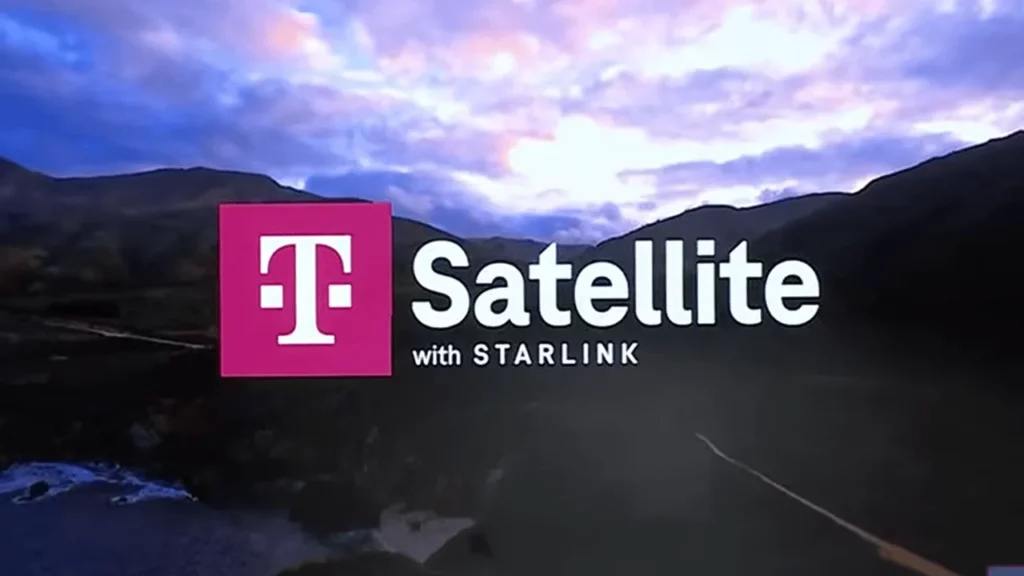
This launch means that anyone with a compatible device can send texts in areas with no cell coverage. The service supports SMS messaging, emergency texts to 911, and GPS location sharing. It’s built to keep users connected when towers aren’t an option.
Photo messaging already works on many Android phones. T-Mobile says it plans to expand compatibility for iPhones and other devices soon. In the coming months, you can expect voice messages and access to apps like WhatsApp and weather trackers to join the mix.
How the satellite service works
You don’t need a dish, app, or setup process. As long as your phone can see the sky, it connects to a Starlink satellite automatically. That means hikers, travelers, and people in disaster zones can rely on T-Mobile’s signal when nothing else works.
Here’s what the satellite feature supports now and what’s coming soon:
- Text messaging and 911 access
- Location sharing over satellite
- MMS support on Android, iPhone support coming
- Voice and app integration rolling out later
T-Mobile satellite pricing keeps things simple
The service is included in premium plans like Go5G Next and Experience Beyond. Other users can subscribe for $10 per month, with a later bump to $15. That keeps it cheaper than some traditional satellite messengers.
Staying connected where it matters most
With over 60 supported phone models and seamless switching between networks, T-Mobile’s satellite feature opens up communication where users need it most. The goal isn’t just convenience; it’s safety.


